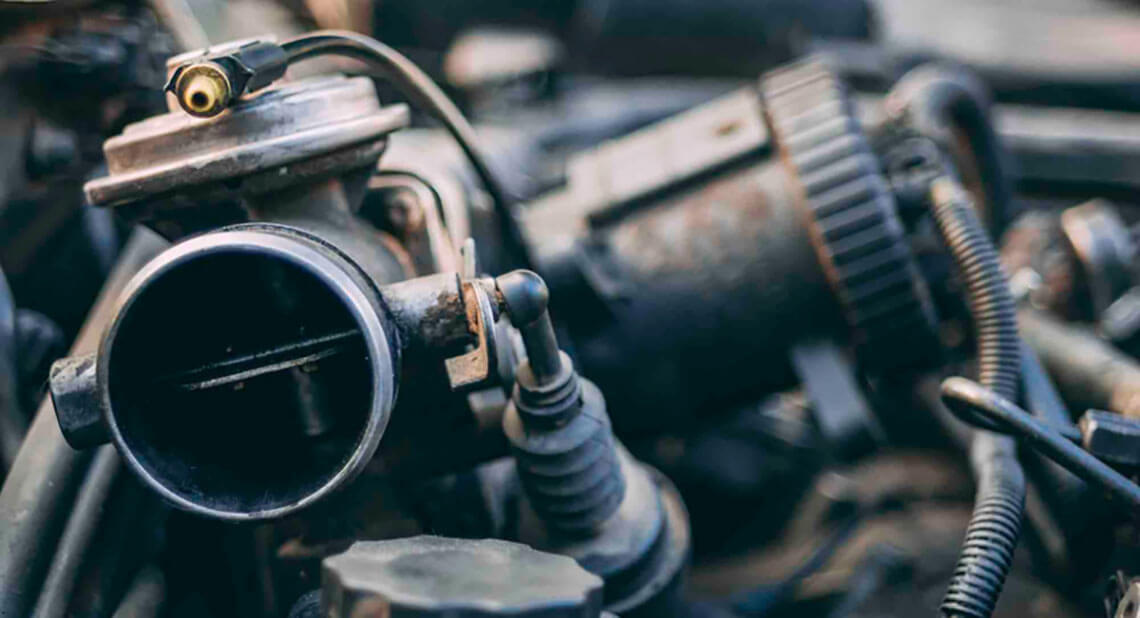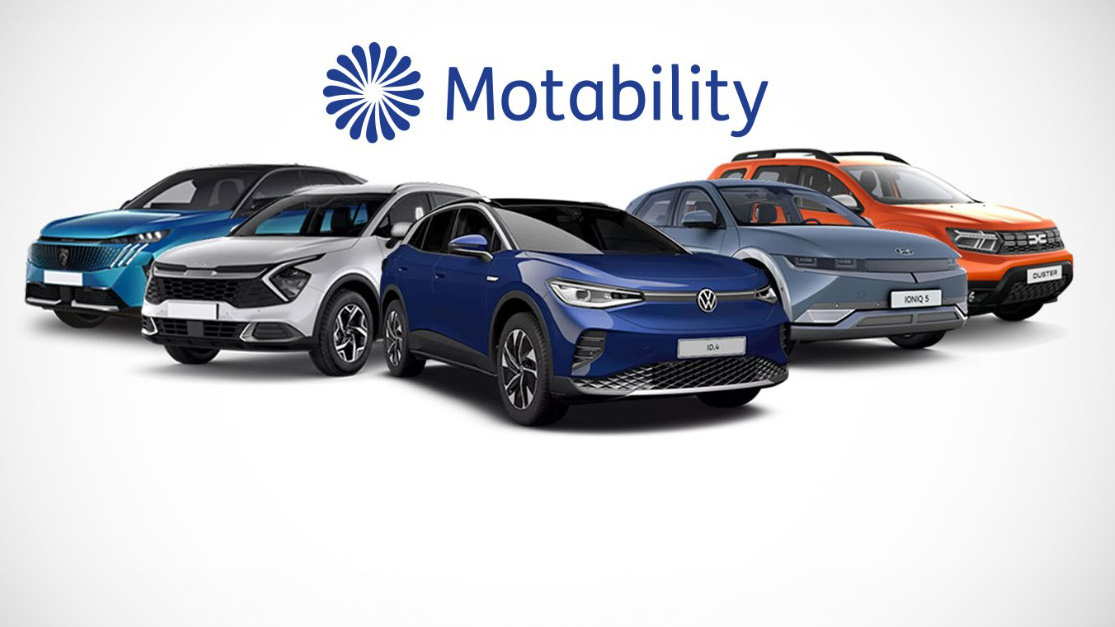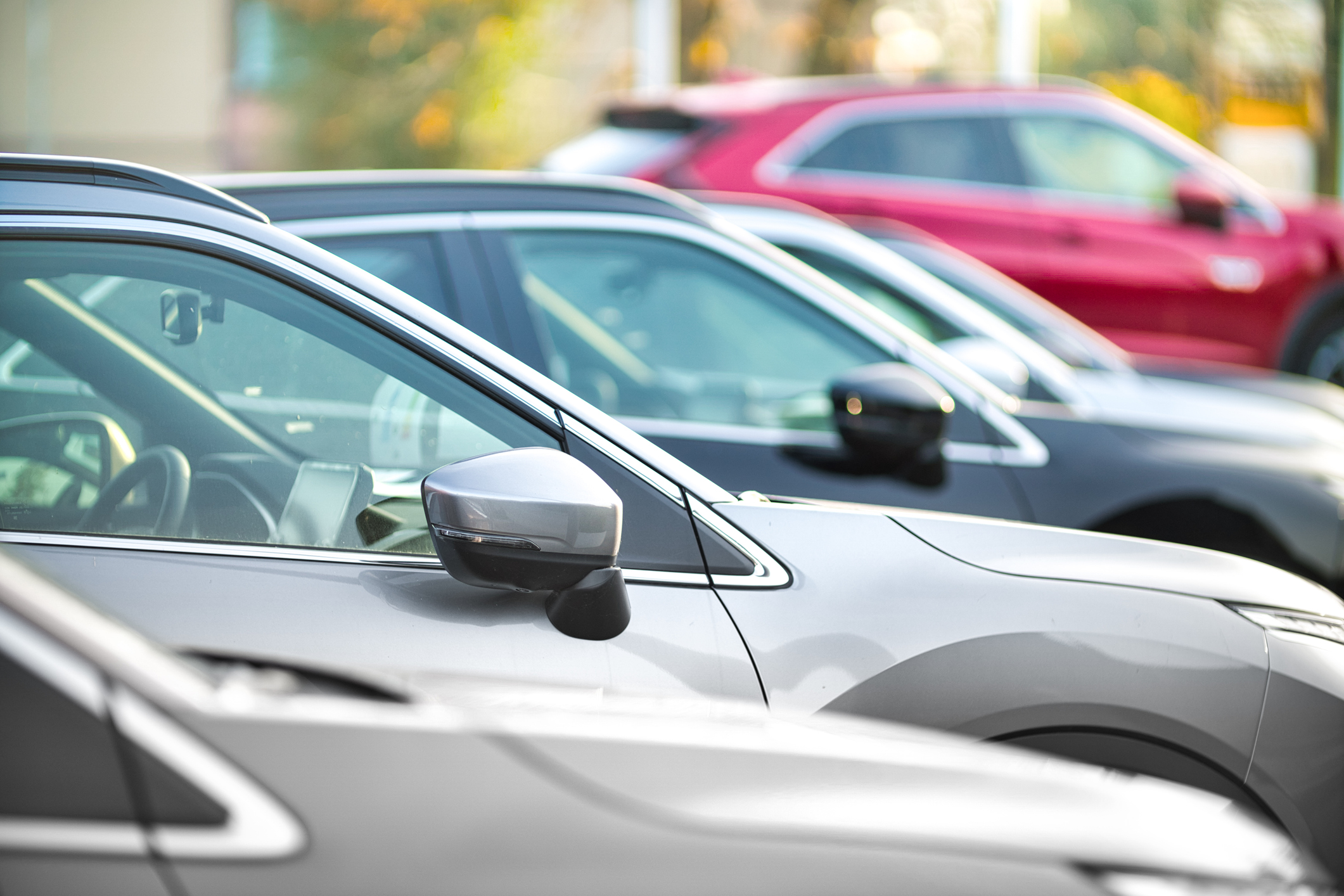Understanding the internal workings of your car can be confusing, and much of it we don’t ever need to know. But one element we should all understand is the size of our car’s engine. This article explains what your car’s engine size actually means, how it’s measured, and what it means for you.
In simple terms, the size of a car’s engine has a direct influence on its performance, fuel efficiency, environmental impact and cost to buy or lease. When you understand the maths behind each car engine’s classification, the decision on which size suits you becomes simpler.
The following seven questions are designed to give you a better understanding of what engine sizes really mean, and how they can affect your driving.
What does the size of a car’s engine actually mean?
Engine size refers to the space inside a motor’s cylinders, in which air and fuel combine and are ignited to create the energy needed to power your car.
Car engine sizes are measured in cubic centimetres (cc), but specified in litres and rounded up to the nearest tenth of a litre. So, a car with a 1,020cc engine would be listed as a 1.0-litre engine, while a 1,995cc engine would be a 2.0-litre.
A 2.0-litre engine has the capacity for around 2,000cc (two litres) of fuel and air which is burnt with every revolution the engine turns.
What constitutes a small or a large engine?
Smaller engines typically range between 1.0 and 1.2 litres, larger engines are 2.0 and above – and anything between could be classed as a medium-sized engine. There are cars with engines smaller than 1.0, and there are high-performance models with 3.0-litre and above engines, but the most recent statistics show that the average engine size of new cars sold in the UK is 1.6 litres.*
How does engine size affect performance?
Typically, a bigger engine means more air and fuel, which in turn creates more power and gives a car more oomph. But it’s a little more complicated than that.
Many modern engines are smaller but feature turbochargers, which use exhaust fumes to create additional fuel and extra power. This means that a smaller engine with a turbocharger can be more powerful than a larger engine without one, which is why it’s important to research the car’s performance specifications thoroughly before making a decision. This means looking at things like its brake horsepower (bhp), which is a measurement of the engine’s power. The higher the bhp, the more an engine is able to push against resistant forces.
But in general, it is still usually the case that if two engines are the same age, the bigger engine will usually be more powerful.
How does engine size affect fuel efficiency?
Advances in engine technology mean that some smaller engines are now capable of producing more power than some bigger, older engines. However, the general rule is that smaller engines tend to be more fuel efficient than larger engines as there is less fuel to burn to create power. They are, of course, less powerful as a result.
A 2.0-litre engine or above is usually more powerful than a 1.2-litre, so it can accelerate quicker, but it needs to burn more fuel to achieve this. This makes it more expensive to run and more harmful to the environment as it emits more CO2.
How do you find out your car’s engine size?
Most new models will list the engine size in the owner’s manual and/or on any compatible app, usually under ‘specifications’. It should also be clearly listed on your car’s Vehicle Identification Number (VIN), which is usually on the driver’s side of the dashboard or door.
If you’re searching for cars on the Motability Scheme website, you will be able to filter your options by engine size by clicking on ‘See all filters’, then ‘Specifications’, and then scrolling down to ‘Engine size’. If you’re already looking at a car on our website, you can view its engine size by scrolling down to ‘Model details’ and then clicking ‘Performance’.
What engine sizes are available for Motability Scheme cars?
The Motability Scheme offers six engine sizes. This ranges from 1 litre up to 2 litres, in increments of 0.2, from the 1.0-litre options. For the full list of cars available on the Motability Scheme click here.
What size engine would suit you best?
This depends on how and where you typically drive your car.
Smaller, more efficient engines are best for shorter journeys at lower speeds – so a 1.0 to a 1.2-litre engine is ideal for quicker journeys around town.
Larger engines – typically around 2.0 litres – are better for longer journeys at higher speeds or for towing a caravan, for example. However, they burn more fuel which means they cost more to run and create more CO2.
If you mix shorter and longer journeys and want performance as well as fuel economy, a 1.4 to 1.6-litre engine would make sense.
The Motability Scheme provides an affordable way for people with disabilities to stay mobile, by leasing a brand-new car in exchange for their mobility allowance. Insurance, breakdown assistance, servicing and maintenance are included in the price you pay, giving you worry-free motoring.
Related articles
How to check a car’s engine oil
How do petrol-powered engines work?
Hybrid cars: your questions answered
![]()







